I don’t know about you, but Taylor Swift is feeling 24.
If Tay at 22 was, as her slumber party anthem goes, “happy, free, confused and lonely at the same time”,
this year she’s clearer of mind: strong, sceptical, indie and willingly off the market.
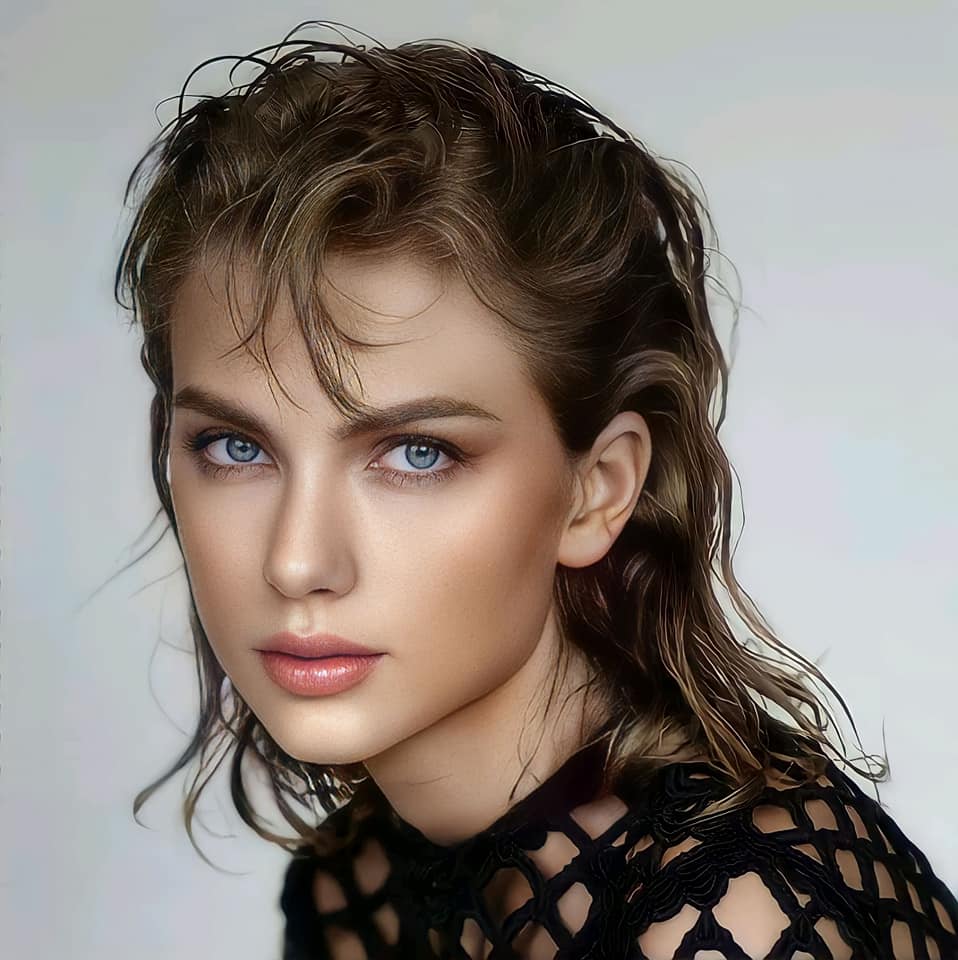
“RIP me!” she yawped recently to Graham Norton, and she wasn’t kidding. 1989, her fifth album released in late October, demands that you forget all you know about the Pennsylvanian. Early signs that she was out of love and liking it popped up on her Instagram feed six months ago. “There are far better things ahead than any we have left behind,” goes the CS Lewis quote she blogged. Then, in an interview with The Guardian in August, the country-pop crossover came clean. “[Having a relationship] isn’t really possible right now. It just doesn’t seem like a possibility in the near future. It doesn’t ever work.”
Swift – whose lovably goofy Colgate grin and Appalachian drawl make her the tween dream to take home to your parents – isn’t exactly intimidating, but she’s tougher in person than you’d expect. There’s an emotional grit to her new songs that may surprise the legions of fans who scream and cry along to “We Are Never Ever Getting Back Together” on Vlogs and dissect Tay’s lyrics for relationship advice. The message in lead single “Shake It Off” is pretty clear: stop being a dick on Twitter. “Heartbreakers gonna break, break, break, break, break. And the fakers gonna fake, fake, fake, fake, fake. Baby, I’m just gonna shake it off,” chants Swift, pleading for the demise of social media trolls and take-down tormentors.
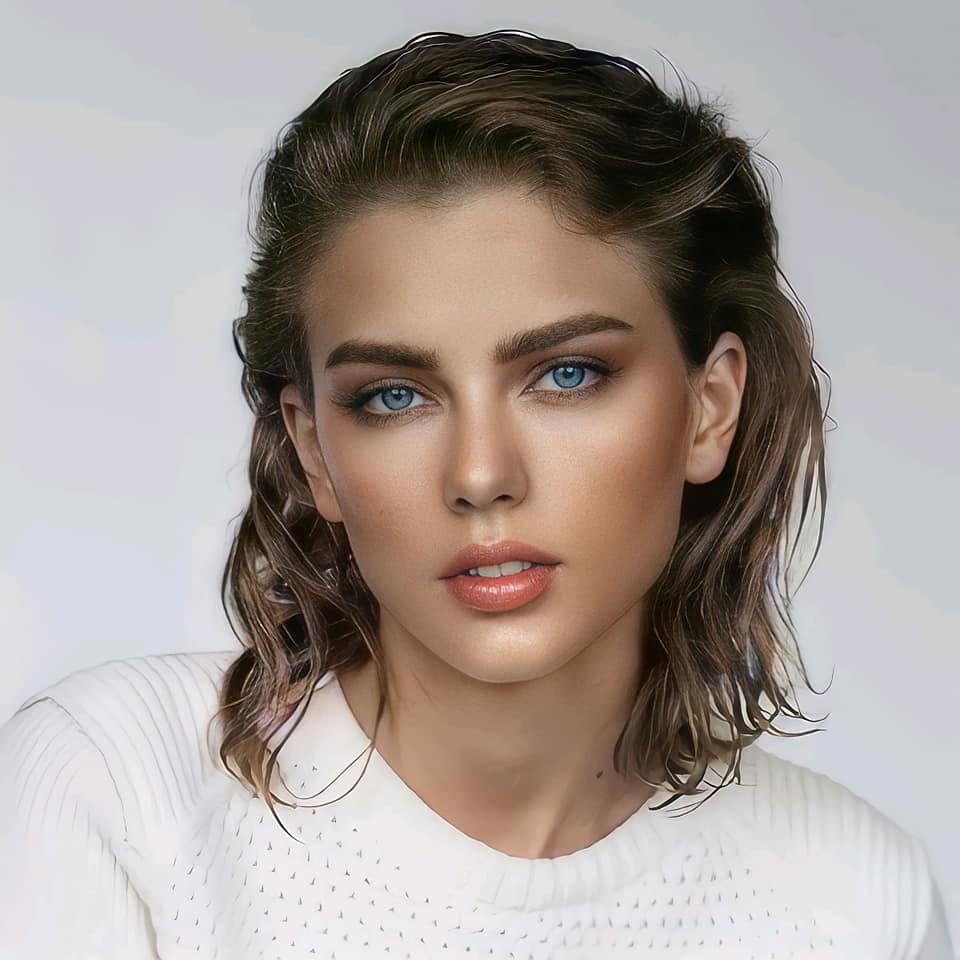 Gliding towards me with a puppet-like weightlessness, the singer balances a latte on the flat of her hand. “Twitter’s dark underbelly is that it gives people a veil of anonymity: they can have a terrible day at work, and feel awful about themselves, and then come home and get drunk and call someone ugly on Instagram,” she laments. “If people don’t have anyone to talk to about [their problems], they go online and just say wicked, gross, cruel, mean-spirited things about people. I wrote ‘Shake It Off’ for my own situation, but also for the situation that everyone finds themselves in now. It’s not a celebrity issue, it’s a people issue.”
Gliding towards me with a puppet-like weightlessness, the singer balances a latte on the flat of her hand. “Twitter’s dark underbelly is that it gives people a veil of anonymity: they can have a terrible day at work, and feel awful about themselves, and then come home and get drunk and call someone ugly on Instagram,” she laments. “If people don’t have anyone to talk to about [their problems], they go online and just say wicked, gross, cruel, mean-spirited things about people. I wrote ‘Shake It Off’ for my own situation, but also for the situation that everyone finds themselves in now. It’s not a celebrity issue, it’s a people issue.”
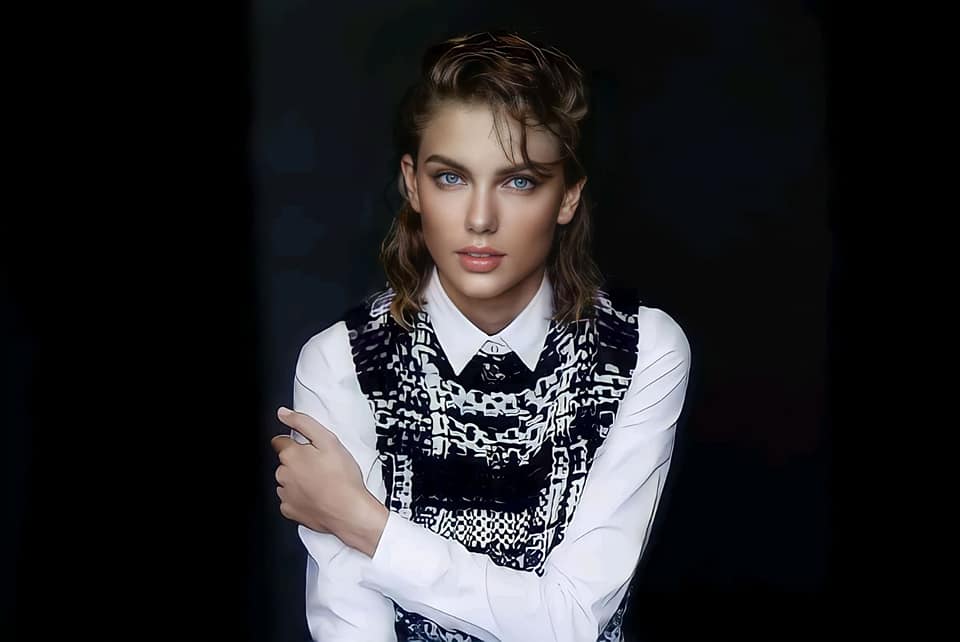 Elsewhere, the album’s closer “Clean”, co-written by Imogen Heap, is a true-blue confessional about the lingering hurt of a shattered relationship. Swift tells me its parting shot, “Ten months sober, I won’t give in, now that I’m clean, I’m never going to risk it” is her top lyric on the record. It’s a tantalising analogy about heartache and the single life. Compare it to her favourite moment from Red — “You call me up again just to break me like a promise” sung on the Jake Gyllenhaal break-up anthem, “All Too Well” — and it’s clear Swift is feeling decisive.
Elsewhere, the album’s closer “Clean”, co-written by Imogen Heap, is a true-blue confessional about the lingering hurt of a shattered relationship. Swift tells me its parting shot, “Ten months sober, I won’t give in, now that I’m clean, I’m never going to risk it” is her top lyric on the record. It’s a tantalising analogy about heartache and the single life. Compare it to her favourite moment from Red — “You call me up again just to break me like a promise” sung on the Jake Gyllenhaal break-up anthem, “All Too Well” — and it’s clear Swift is feeling decisive.
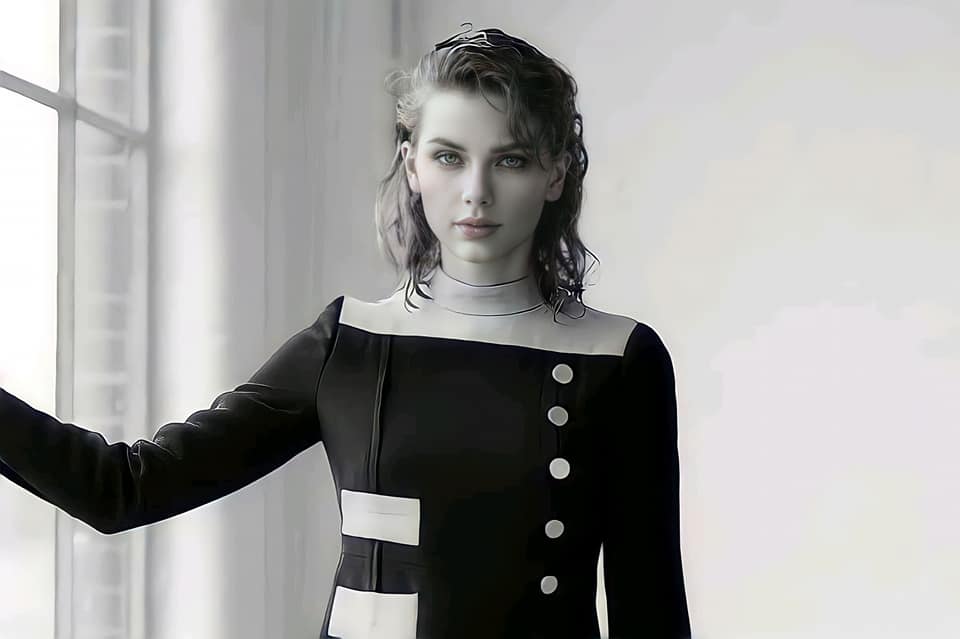 “I’ve been with myself for so long now, I like it,” admits the singer, who’s also been linked with John Mayer, Taylor Lautner and Joe Jonas in the past. “I’m not willing to give up that independence for anyone. Basically, there’s the tiniest, tiniest, tiniest chance you might find someone you can have a real and long-lasting relationship with. In my teenage years, I was enamoured by the idaof romance because I thought it was going to be this ‘happily ever after’ situation. Wait!” she says, as if to skewer our tense start, “is that my damned hat my publicist is wearing? She looks great in it!”
“I’ve been with myself for so long now, I like it,” admits the singer, who’s also been linked with John Mayer, Taylor Lautner and Joe Jonas in the past. “I’m not willing to give up that independence for anyone. Basically, there’s the tiniest, tiniest, tiniest chance you might find someone you can have a real and long-lasting relationship with. In my teenage years, I was enamoured by the idaof romance because I thought it was going to be this ‘happily ever after’ situation. Wait!” she says, as if to skewer our tense start, “is that my damned hat my publicist is wearing? She looks great in it!”

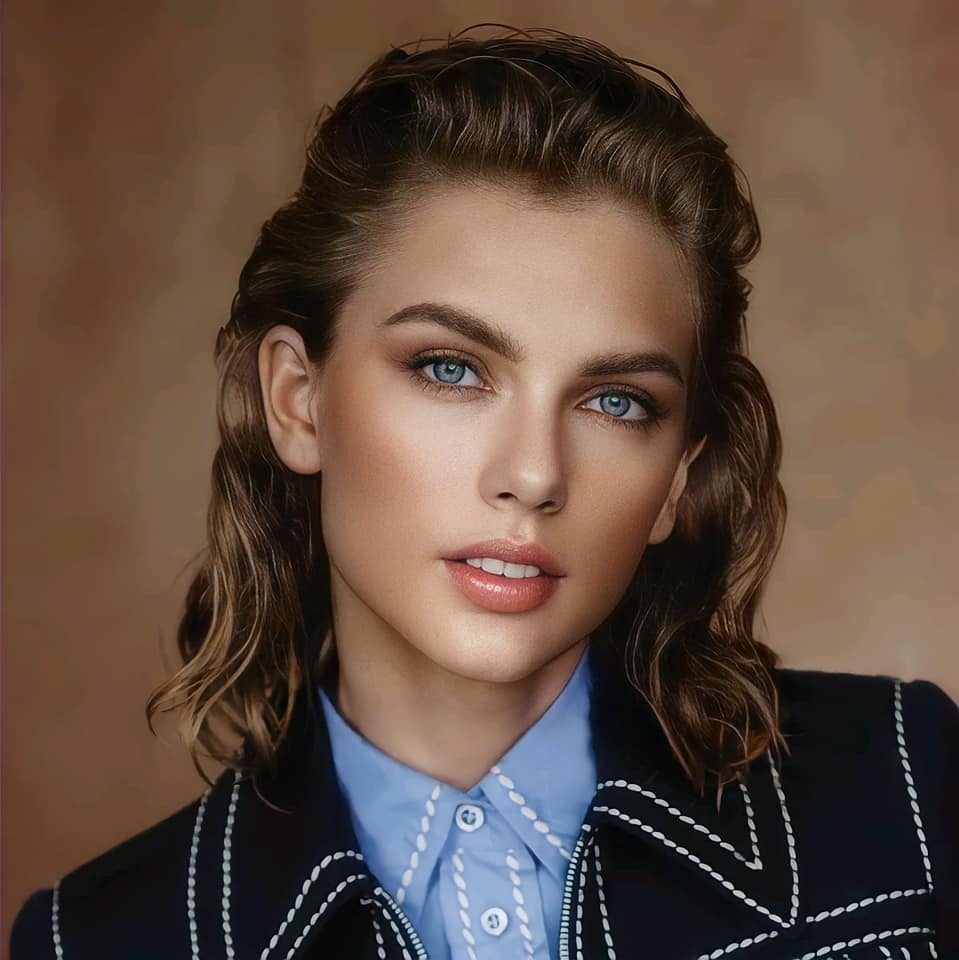 If a little emotionally damaged, sonically 1989 is anything but difficult. In fact, Swift has discussed her fear of the “tricky” fifth album. In her eyes, many artists reach a stage in their career where textures and otherworldliness replace focused melodies and heartfelt messages. “Samples and beat-dropping and pointless collaborations…, there are a lot of different ways that you can get distracted from the fact that people just want to listen to a good song,” she says. Don’t expect any build and drop action — modern pop’s dire signature move. Instead, 1989 references the whip-crack productions of 80s maestros Phil Collins, Giorgio Moroder and The Human League, rather than towing the line.
If a little emotionally damaged, sonically 1989 is anything but difficult. In fact, Swift has discussed her fear of the “tricky” fifth album. In her eyes, many artists reach a stage in their career where textures and otherworldliness replace focused melodies and heartfelt messages. “Samples and beat-dropping and pointless collaborations…, there are a lot of different ways that you can get distracted from the fact that people just want to listen to a good song,” she says. Don’t expect any build and drop action — modern pop’s dire signature move. Instead, 1989 references the whip-crack productions of 80s maestros Phil Collins, Giorgio Moroder and The Human League, rather than towing the line.
Co-producer Jack Antonoff’s skittering beatwork for “Out of The Woods” — a paean to broken kinship that many have said nods to her fling with Harry Styles — is a million miles from any of RedOne’s or Stargate’s tired, floor-ready recitals. For millennials who spent their uni days stealing snogs at 80s nights, the bold, massive, marching drum-led tune will ring loud. Then there’s brilliant opener “Welcome To New York”, where droning “Electric Dreams”-esque synths meet calls to “dance to a new soundtrack…”, to “dance to this beat forevermore.”
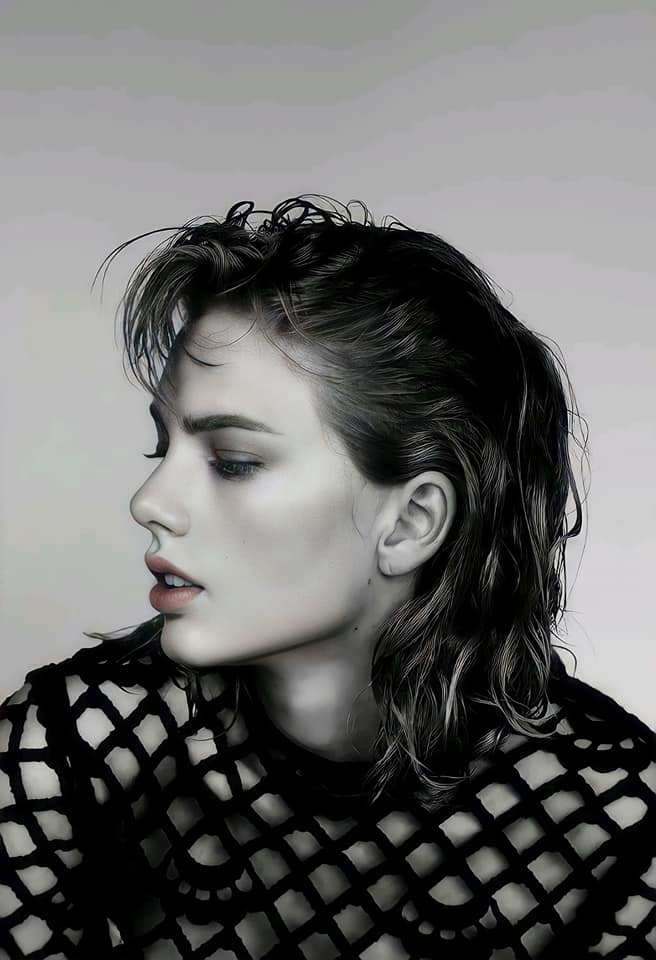 But Pro-Tools pop hasn’t always done it for Swift, whose self-titled 2006 debut, and follow-up Fearless, introduced Gen Y to her spur rattlin’, straw gnawin’ tunethems. Sweet as cherry pie, those early albums evoked a romanticised, provincial America, where neighbourhood crushes and chords stood in for STDs and speeding cars. Rounding up hordes of accolades — including a Grammy for Album of the Year, Fearless remains the most awarded album in country music history, and added to the singer’s towering 200+ trophy count.
But Pro-Tools pop hasn’t always done it for Swift, whose self-titled 2006 debut, and follow-up Fearless, introduced Gen Y to her spur rattlin’, straw gnawin’ tunethems. Sweet as cherry pie, those early albums evoked a romanticised, provincial America, where neighbourhood crushes and chords stood in for STDs and speeding cars. Rounding up hordes of accolades — including a Grammy for Album of the Year, Fearless remains the most awarded album in country music history, and added to the singer’s towering 200+ trophy count.
The moment Swift introduced 1989 as her “very first documented, official pop album” and swapped crocodile shoes for a snapback in the video for “Shake It Off”, all heck broke loose. “And sorry Country Music Hall of Fame,” ranted SavingCountryMusic.com, “but your education wing is forever named after a pop star who has officially featured twerking asses in one of her videos.” In a Rolling Stone piece, Scott Borchetta, CEO at record label Big Machine, predicted country radio stations won’t “keep playing a pop song simply because it’s her [anymore]” And the reality? The song wedged a solid entry in Billboard’s Country Airplay charts on its August release. “This was sort of the final phase of the sonic evolution I feel I’ve been on for the last couple of years,” she explains. “I’ve been experimenting with pop sensibilities and then on my last record [2012’s Red], I got attached to it. That’s the wonderful thing about trying as many different ways of writing music as possible; discoveries.”
 On a recent Reddit threadaout “Shake It Off”, one fan theorised that Swift releases singles merely to draw people in, and that the album’s nectar — the sweet, honest and deliciously composed lullabies she’s known for — is found within. She agrees, and isn’t surprised by the depth of analysis. Notoriously, Swiftian Fundamentalists spend hours unpicking Tay’s liner notes for hidden messages and themes. Scan through Red’s title track and recurring letters “S.A.G” are a nod, fans claim, to Sagittarius, Gyllenhaal’s star sign. 1989, Swift says, is just as cryptic. “I think people want art to have layers,” she says. “I think that they want to know that there’s a meaning and a story and a cast of characters behind a song. I think they want a visual reference, they want to know that there are secrets that they have the option of figuring out.” Thank The Dixie Chicks, one of the singer’s childhood crushes, for this. Their 1999 album Fly is packed with imagery, codes and motifs. “In the artwork, they were dressed up like flies,” she remembers. “In another, the band were on rockets. I just thought it was cool that they had a visual theme, and things like that inspired me to make sure that each album has its own specific look and vibe.”
On a recent Reddit threadaout “Shake It Off”, one fan theorised that Swift releases singles merely to draw people in, and that the album’s nectar — the sweet, honest and deliciously composed lullabies she’s known for — is found within. She agrees, and isn’t surprised by the depth of analysis. Notoriously, Swiftian Fundamentalists spend hours unpicking Tay’s liner notes for hidden messages and themes. Scan through Red’s title track and recurring letters “S.A.G” are a nod, fans claim, to Sagittarius, Gyllenhaal’s star sign. 1989, Swift says, is just as cryptic. “I think people want art to have layers,” she says. “I think that they want to know that there’s a meaning and a story and a cast of characters behind a song. I think they want a visual reference, they want to know that there are secrets that they have the option of figuring out.” Thank The Dixie Chicks, one of the singer’s childhood crushes, for this. Their 1999 album Fly is packed with imagery, codes and motifs. “In the artwork, they were dressed up like flies,” she remembers. “In another, the band were on rockets. I just thought it was cool that they had a visual theme, and things like that inspired me to make sure that each album has its own specific look and vibe.”
 The album’s deluxe version comes with original voice memos, revealing a slightly croaky-voiced Swift recording ideas in the middle of the night. You can hear a bare bones version of ballad “I Know Places”, later sent to collaborator Ryan Tedder of One Republic. “You can hear me talking to him on it,” chuckles Swift. “’Hey Ryan, if you don’t like it that’s totally fine, I’ll just send you something else. But I want to write a song about us against the world — everybody’s trying to figure us out and we have to keep it secret.’”
The album’s deluxe version comes with original voice memos, revealing a slightly croaky-voiced Swift recording ideas in the middle of the night. You can hear a bare bones version of ballad “I Know Places”, later sent to collaborator Ryan Tedder of One Republic. “You can hear me talking to him on it,” chuckles Swift. “’Hey Ryan, if you don’t like it that’s totally fine, I’ll just send you something else. But I want to write a song about us against the world — everybody’s trying to figure us out and we have to keep it secret.’”
There were early signs that 1989 was Swift’s most anticipated record to date, and that the songstress only had to sneeze and she had a hit on her hands. On October 21, Universal launched a new song titled “Track 3”, but the file was corrupted. The release came out as eight seconds of white noise, but it rocketed to the top of the Canadian iTunes Charts anyway. Was this Swift’s radical, abortive new direction? Was she the next Merzbow? Fans, it seems, will stand by her through anything. In a year where no artist has sold over a million records, Billboard anticipated 1989 would shift 800,000 in its first week.
Of course, martyrdom has its pitfalls. In May 2013, a man was arrested after clambering out of the Atlantic ocean claiming he had swum two miles to get to Swift’s home in Watch Hill, Rhode Island. Then, back in February, a follower tore onstage during a show at London’s O2 arena to pass his queen seraph a note. A fan-shot video of the incident is terrifying to watch, but close-up snaps show a calm and smiling star accept the gesture. “Oh, I’ve got a whole file full of creepy guy stories,” she laughs. “I think the thing that scares me a little is that they honestly don’t know that they’re acting out of line. They don’t understand that kidnapping me would be inappropriate and something I might not enjoy. It’s not like they think, ‘If I’m locked out of the gate outside her house, it means I’m not invited.’ It’s more like, ‘I need to climb over the shrubbery.’”
Taylor wears blue long sleeve collared jacket and light blue embroidered cotton shirt by PRADAIn dealing with awkward confrontations, Swift is the pop world’s doyenne. Since teenhood, she’s surfed board meetings with middle aged label heads and been doted upon by pruned country music patrons. Growing up on a Christmas tree farm in The Cumru Township in Pennsylvania, as a pre-teen she penned a song for a Maybelline project and travelled to Nashville to hand out demos around the famous Music Row, an area home to swarms of record companies. A year down the line, the Swift family upped and moved to rural Tennessee to explore their daughter’s growing potential. A publishing deal with Sony came shortly after.
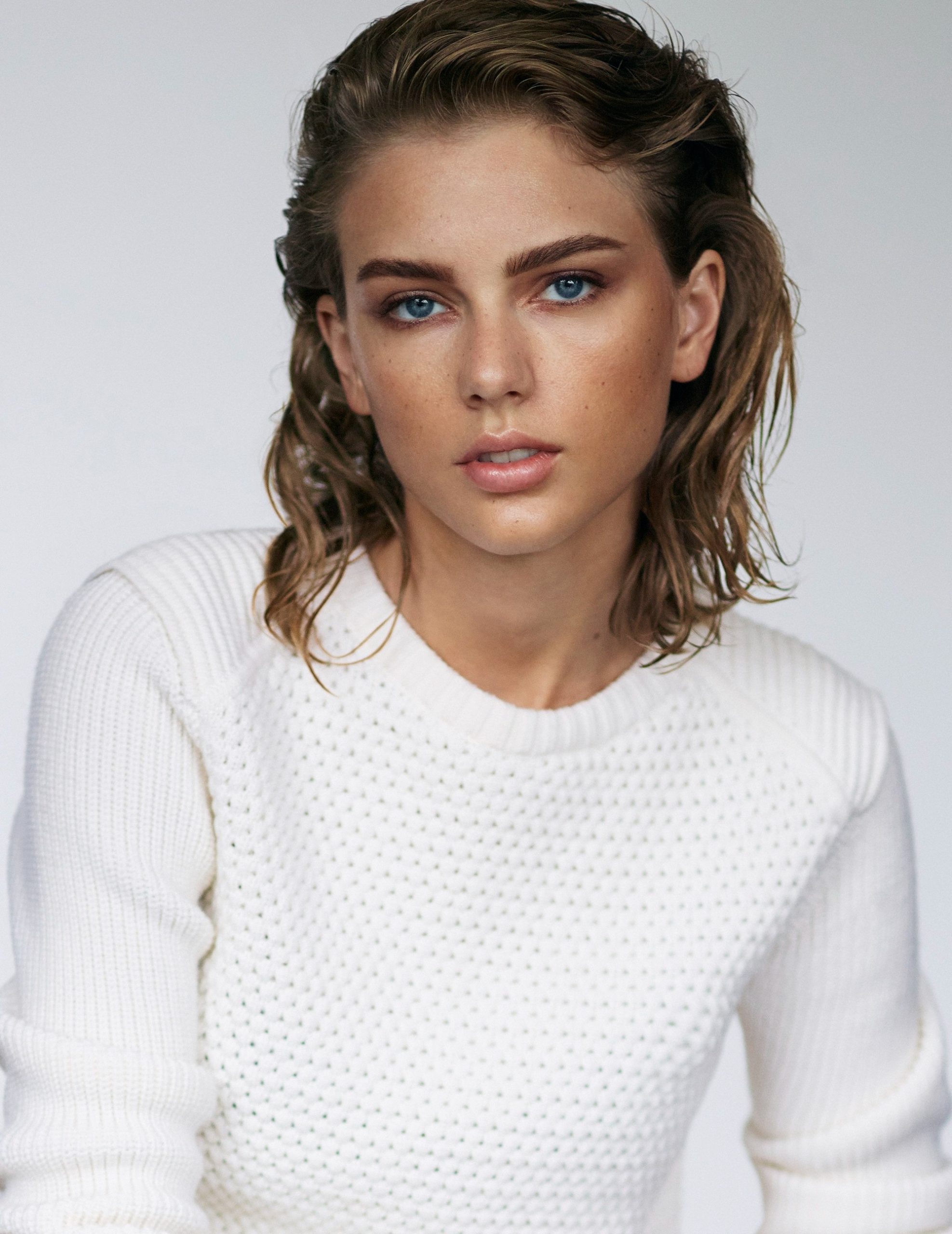 These days, between hanging with full time ride-or-dies Lorde, Ed Sheeran and Lena Dunham (who DMd her on Twitter to ask, “Can we be friends?”), she’s trying her hand at acting. 2009’s debut screen stint was as troubled-teen-turned-murder-victim Hayley Jones in CSI, and her part as Elaine in last year’s Fox series New Girl saw Swift hook up with Satya Bhabha’s character on his wedding day. This year she stars, albeit briefly, in The Giver alongside Meryl Streep and Jeff Bridges. “The producers approached me about the role backstage after a show,” she explains. “They’d watched my performance of ‘All Too Well’ at the Grammys, and said that it was the exact emotion they were looking for. Openness and vulnerability, I guess.”
These days, between hanging with full time ride-or-dies Lorde, Ed Sheeran and Lena Dunham (who DMd her on Twitter to ask, “Can we be friends?”), she’s trying her hand at acting. 2009’s debut screen stint was as troubled-teen-turned-murder-victim Hayley Jones in CSI, and her part as Elaine in last year’s Fox series New Girl saw Swift hook up with Satya Bhabha’s character on his wedding day. This year she stars, albeit briefly, in The Giver alongside Meryl Streep and Jeff Bridges. “The producers approached me about the role backstage after a show,” she explains. “They’d watched my performance of ‘All Too Well’ at the Grammys, and said that it was the exact emotion they were looking for. Openness and vulnerability, I guess.”
Rumours of between-takes jam sessions with her co-stars started circulating in August. Picture it: you can almost smell the rum from Streep’s glass as she croons through “Freebird” to Swift’s dulcet Wurlitzer. In the corner, Bridges and cohorts Brenton Thwaites, Cameron Monaghan and Alexander Skarsgård swill their tumblers on barber shop quartet-duty. How raucous did it get? “Wouldn’t you like to know?” Swift jabs playfully, rocking a poker face so unbroken you can hear the bubbles fizz in her mug. “You’re so nosy over there. You know what the headline would be if I were to admit to that…. Wouldn’t that be a good quote?” Just when I thought I might actually be getting a bollocking, Tay runs for her phone to show me a picture of her cat. “Look,” she yelps. “It’s so long!”
I like the feel of this dogged, righteous new Taylor Swift. On 1989, all the clues are there. It’s the story of a girl who grew up, who finally found herself, who forgot all she knew and made something of it. The record’s nostalgia-flavoured fables of self-reliance, regrettable memories, and nights in the ditch looking up at the stars aren’t songs of sadness, they’re building blocks. “I could build a castle out of the bricks they threw at me,” read a scribbled note on Instragram on October 26. “@Taylorswift. Born in 1989.”